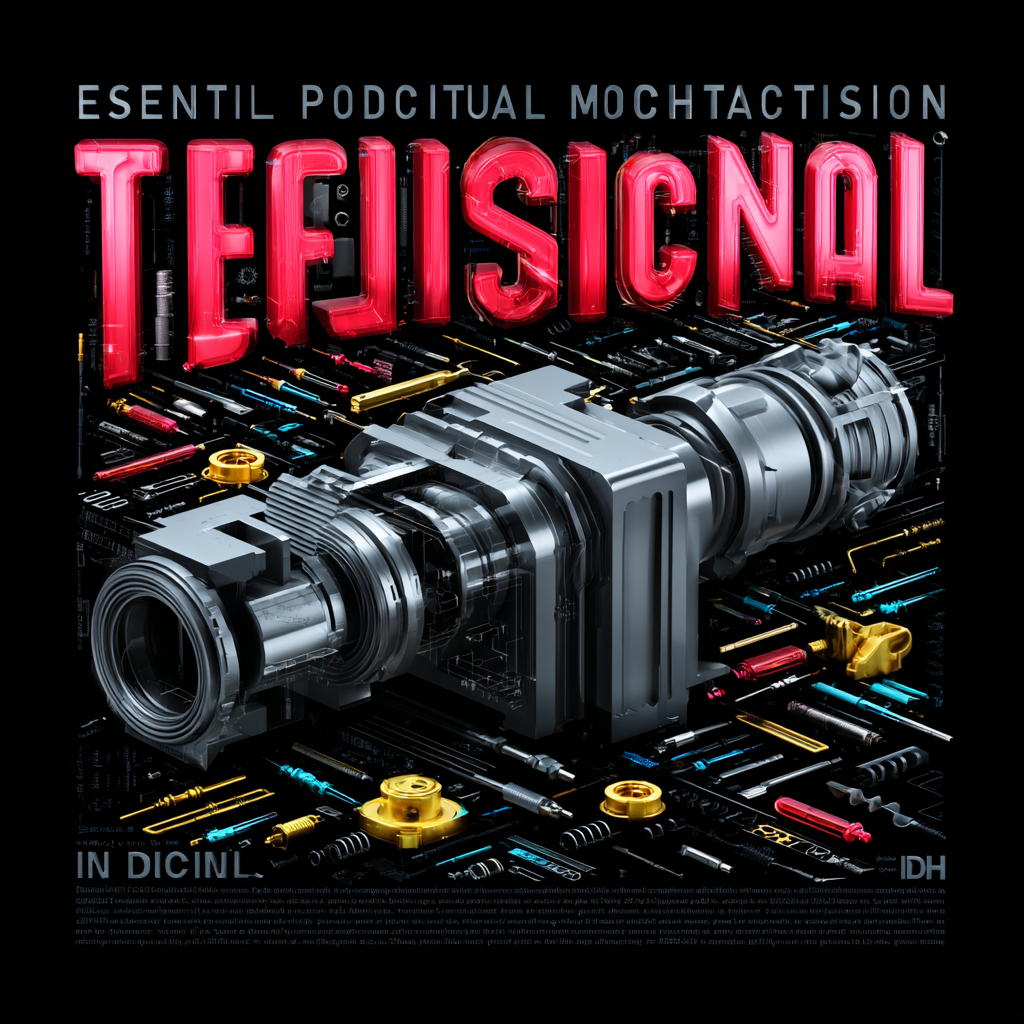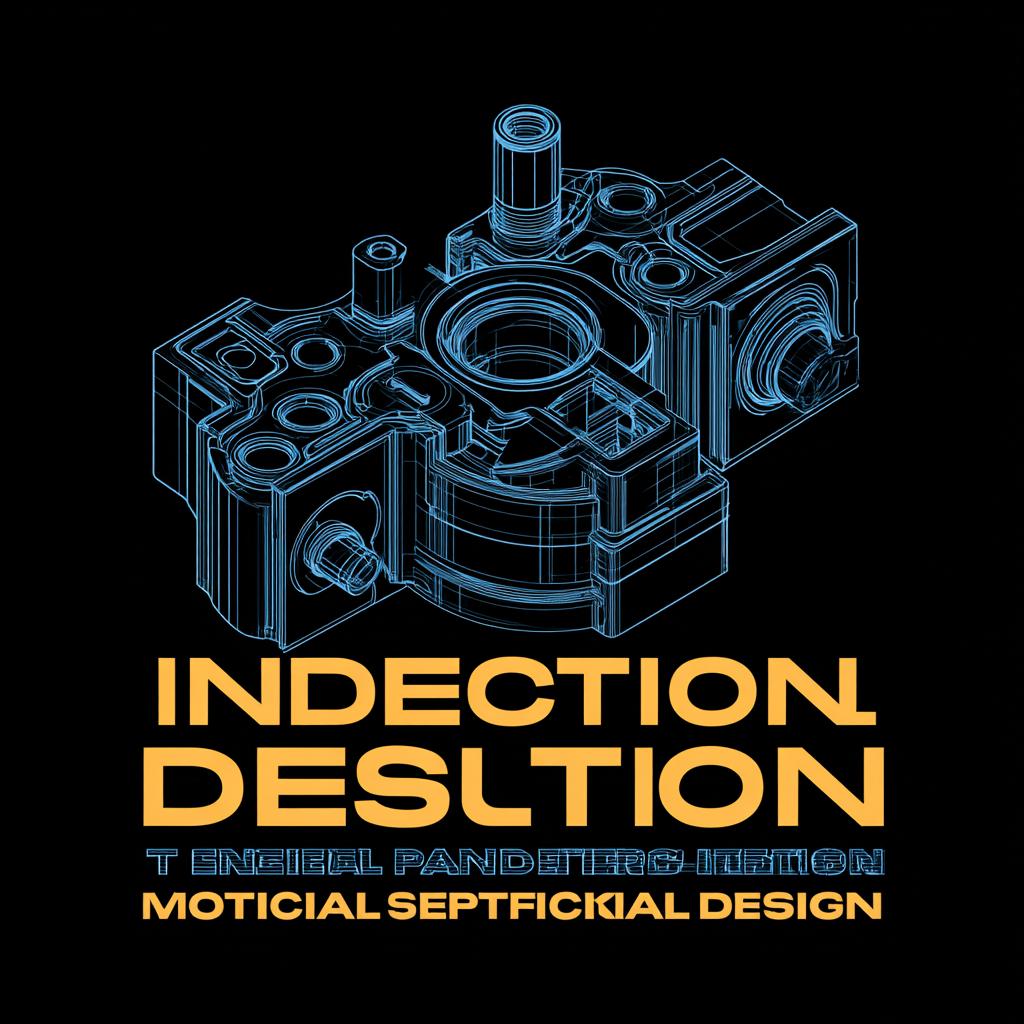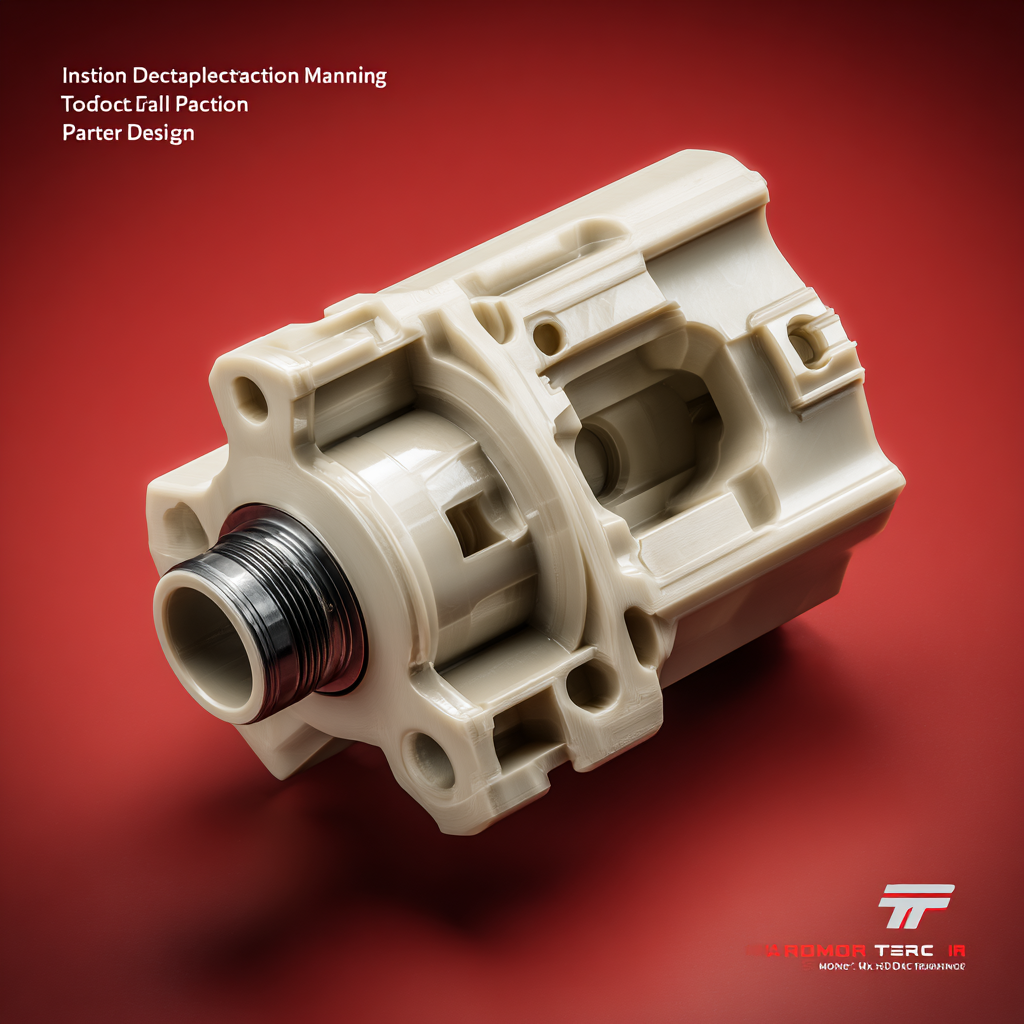In the competitive landscape of manufacturing, the significance of Injection Molding Part Design cannot be overstated. According to a recent report by MarketsandMarkets, the global injection molding market is projected to reach USD 385.5 billion by 2027, driven by the increasing demand for lightweight and cost-effective manufacturing solutions across various industries, including automotive and consumer goods. Properly designed injection molded parts not only ensure structural integrity but also contribute to reducing production costs and cycle times. As manufacturers strive for efficiency and sustainability, understanding the essential technical specifications for optimal injection molding part design is crucial. This tutorial aims to highlight the key factors and best practices that engineers and designers should consider to maximize the effectiveness of their injection molding processes.

When it comes to injection molding part design, the choice of materials plays a critical role in ensuring both performance and manufacturability. According to recent studies by the Plastics Industry Association, over 50% of manufacturers report material selection as a primary factor affecting production efficiency and part performance. For instance, high-strength polymers like PBT (Polybutylene Terephthalate) are often favored for their excellent thermal stability and tensile strength, making them ideal for automotive parts.
**Tip:** Always consider the expected service environment of your molded parts. Specific materials perform better under certain conditions, so conducting a thorough analysis of environmental stressors like temperature and exposure to chemicals can help guide your selection.
Furthermore, comparing materials like ABS (Acrylonitrile Butadiene Styrene) and PC (Polycarbonate) reveals differences in impact resistance and weight, which can significantly influence part design. ABS is generally more affordable and easier to process, while PC offers superior clarity and strength. As per a report from the American Plastics Council, nearly 75% of molders indicate that material cost is a central concern, reinforcing the importance of balancing performance against budget constraints.
**Tip:** Engage with materials experts early in the design process to leverage their insights on cost-effective options without compromising quality. Their knowledge can help you avoid costly redesigns and enhance overall project success.

When it comes to injection molding, selecting the right tooling technique is crucial for ensuring efficiency, precision, and cost-effectiveness. With recent industry reports suggesting that approximately 70% of manufacturing defects are linked to inadequate tooling choices, optimizing this phase can significantly enhance product quality. Advanced tooling techniques, such as hot runner systems and multi-cavity molds, streamline the process, reducing cycle times by up to 30% while improving overall yield.
Tip: Always consider the type of resin being used when selecting tooling techniques. Different materials may require specific mold designs to achieve the best results, affecting the final product's performance and aesthetics.
Moreover, implementing simulation software can dramatically improve tooling decisions. A report from the Society of Plastics Engineers highlights that utilizing such technologies can decrease the time spent on prototype testing by around 40%. This ensures that potential issues are addressed early in the design phase, leading to a more robust and reliable product.
Tip: Engage with your tooling supplier early in the design process. Their expertise can provide invaluable insights that help tailor your injection molding strategy to your specific project needs.

When it comes to injection molding, design complexity plays a pivotal role in determining manufacturing efficiency. According to the American Society of Mechanical Engineers (ASME), complex geometries can lead to challenges in the injection process, affecting both cycle time and part quality. Parts with intricate designs may require longer injection times and multiple processing steps, which increases production costs. Data from the Society of Plastics Engineers indicates that an increase in part complexity can result in a 15% increase in cycle times, significantly impacting overall efficiency.
Moreover, assessing design complexity also involves considering the materials used and the capabilities of the molding machine. For instance, specific polymers may not flow easily through complex shapes, leading to potential defects like sink marks or reduced mechanical properties. The Plastics Industry Association has reported that simplifying designs can decrease defect rates by up to 30%, enhancing yield and ultimately reducing scrap rates. Therefore, understanding the implications of design complexity in injection molding is crucial for optimizing manufacturing workflows and achieving cost-effective production solutions.
| Specification | Description | Impact on Efficiency | Design Complexity Level |
|---|---|---|---|
| Material Selection | Choice of polymer affecting flow and cooling rates. | High impact on cycle time and part quality. | Medium |
| Wall Thickness | Uniformity to prevent defects during solidification. | Directly affects cycle time and cooling efficiency. | High |
| Draft Angle | Angle allowing easy ejection of the part from the mold. | Affects cycle time and quality of part finish. | Low |
| Radii and Corners | Smoothed edges to reduce stress concentrations. | Essential for part durability and reducing defects. | Medium |
| Gate Design | Location and type of gate influence material flow. | Crucial for minimizing cycle time and improving fill. | High |
When it comes to injection molding part design, the surface finish plays a pivotal role in determining the final performance of molded parts. Different surface finishes can significantly affect not only the aesthetics of a product but also its functional characteristics, including wear resistance and ease of cleaning. A smoother surface finish often leads to better fluid dynamics and less friction, which can enhance durability and performance in a variety of applications.
As industries increasingly turn to advanced manufacturing techniques, the importance of post-processing methods, such as polishing thermoplastic materials, has gained substantial traction. Post-processing serves as a crucial step in refining the quality of 3D printed or molded components. By optimizing surface finishes through various techniques, manufacturers can achieve both visual appeal and improved performance metrics, leading to higher overall satisfaction with the end product. Therefore, understanding the relationship between surface finishes and part performance is essential for achieving optimal results in injection molding design.
In the world of injection molding, tolerance levels play a crucial role in ensuring the quality and functionality of parts. Tolerances dictate the permissible limits of variation in a manufactured component, which is vital, particularly in applications involving precision engineering or electronic components. As the demand for smaller and more intricate parts grows, manufacturers must pay close attention to these specifications to avoid issues such as shrinkage, which can lead to defects and compromised performance.
Recent advancements in micro-manufacturing highlight the importance of tight tolerances in injection molding processes. Techniques such as micromolding enable the production of complex, small-scale components with exceptional dimensional accuracy. These tiny parts are increasingly prevalent in high-tech industries, where even minuscule deviations can result in significant performance issues.
The optimization of injection molding parameters, such as temperature and pressure, is essential for achieving the desired tolerances and ensuring the reliability of the final product. Understanding the interplay between these factors helps engineers design parts that are not only functional but also withstand the rigors of their applications, thereby enhancing overall product durability.
